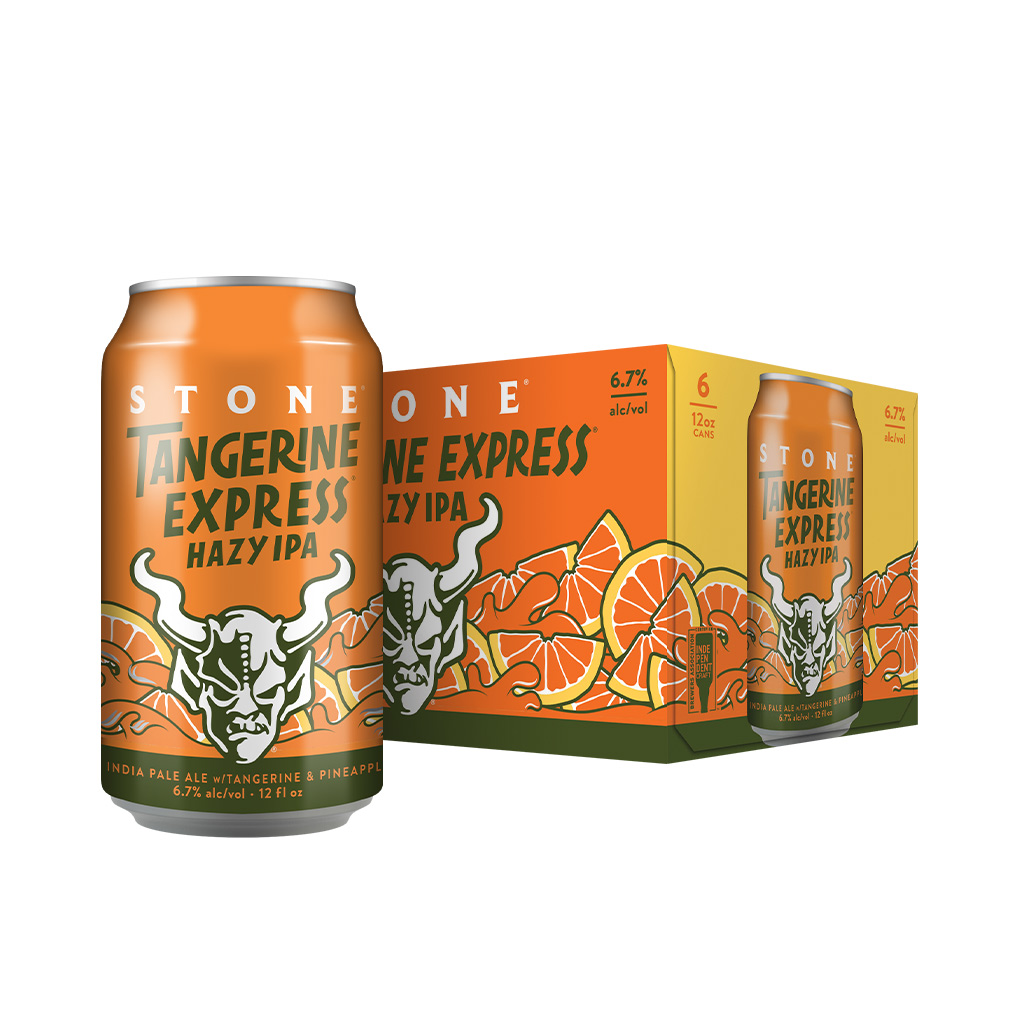


It was delicious, the fruit rind creating a citrus-y harmony with the hops. Back then, Grapefruit Sculpin was a tap-only offering, a limited release variant of the San Diego brewery’s top IPA that was reportedly made with hand-zested grapefruit peel. But lest we forget that just three years ago, they were. Improbably, beers like Watermelon Dorado, Mango Even Keel, and especially Grapefruit Sculpin, have become some of the best-selling craft beers in America, even if beer geeks aren’t all too jazzed about them.

If your grocery store has stacks upon stacks of one beer nowadays, it’s probably a fruit-flavored IPA from Ballast Point. But that surely has not kept them from finding a following. While in theory that might make for an interesting flavor journey for the already initiated, too often these IPAs feel disjointed-the fruit failing to fully integrate with the hop aromas and flavors. The aroma of fruit tricks the mind into thinking that flavor and mellow sweetness carries over to the palate, but instead, it collides with the shock of hop bitterness. One might assume that the fruit IPA is a training-wheels introduction to IPA, but these beers actually offer a ruder introduction to the style than most. Thus, you often get fruit IPAs that are less “fruity” than something like, say, Tree House Julius, a “regular” IPA that tastes like straight O.J. Paradoxically, when real fruit is added to a beer, most of its sugar content (and, therefore, flavor) is eaten away by the yeast. You see, a modern IPA is already fruity, owing to today’s tropical hops like Citra, Mosaic and many others. But I must admit to not really getting the fruit-infused IPA trend. Things become popular for a reason, and all those aforementioned stylistic offshoots are generally delicious. I’m generally amenable when it comes to current craft beer trends-the gose and Berliner weisse revolution, barrel-aging a go-go, hazy IPAs as thick as Italian dressing. And, you know what? I can’t stand most of them. Over a decade later, however, fruit IPAs are red hot (Dogfish Head even has a new one, Flesh & Blood, that came out this summer). It was good, well-regarded by geeks and everyday drinkers alike, but it hadn’t really changed the beer world in any measurable way. By 2004, Aprihop was being bottled and today remains a signature spring seasonal release for the brewery. A brewer/owner of another mid-Atlantic brewery got up after me to talk about his English Porter and started his talk with a memorably snide comment: ‘I believe fruit belongs in your salad and not in your beer.’” “I brought it to a beer dinner at the Brickskeller in D.C., got up on stage and talked about the beer in front of 100 beer lovers. “I remember distinctly taking shit for making it,” Calagione tells me. Aprihop, as it was to be called, would have the bitterness of its Amarillo hops balanced by the fruity undertones of real pureed apricot. The owner of a new brewpub in Rehoboth Beach, Delaware, Dogfish Head, he proposed making his company’s first ever hoppy beer, a fruited IPA, something that had heretofore never been attempted. The general public had not yet fallen for the bitter India Pale Ale that would come to define, and then dominate, the burgeoning craft beer scene.Īs usual, though, Sam Calagione was already way ahead of the game. Back in 1996, your average beer drinker might have guessed “IPA” was an abbreviation for the Independent Pilots Association, perhaps the Institute of Public Accuracy.


 0 kommentar(er)
0 kommentar(er)
